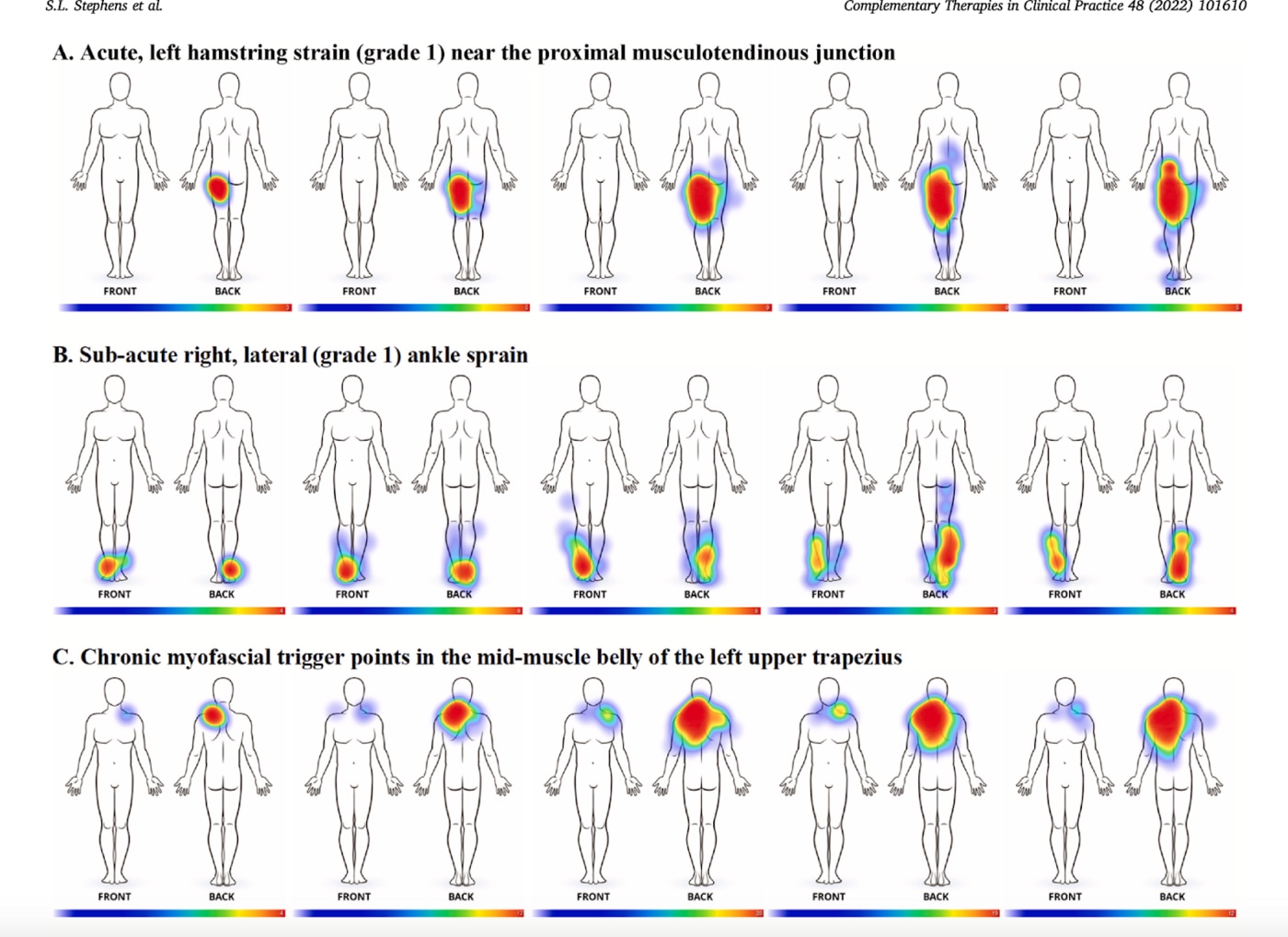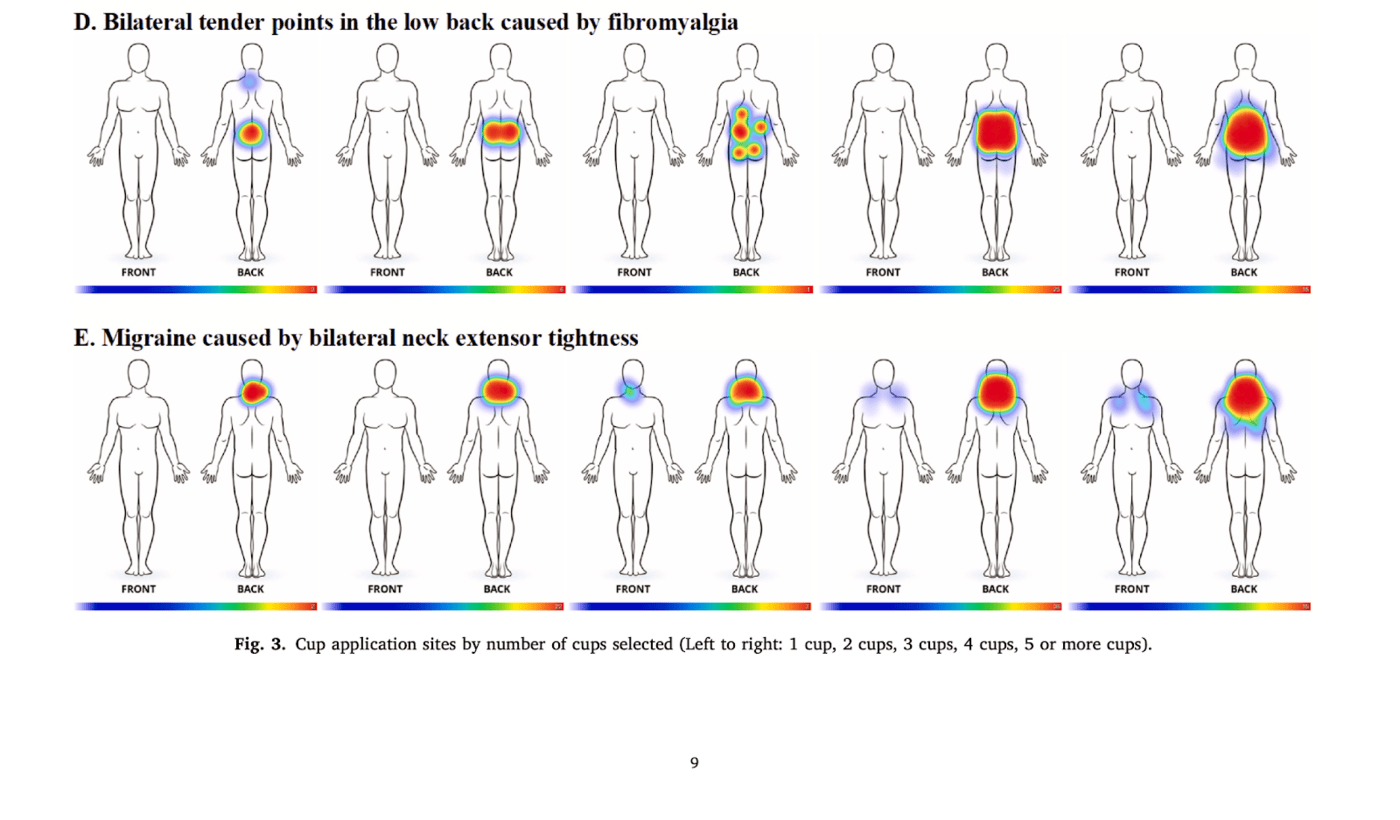
What is cupping – Is it for me? Madison Ferguson, SPT
May 26, 2023
Something that became popular to the general public after the 2016 Rio Olympics when athletes were preparing for events with alarming, perfectly circular bruising along their back and arms. This technique isn’t just for the Olympic athlete though, and it is certainly not new. You may read this and wonder, what this is for, or may be skeptical due to the alarming appearance or how it can even apply to you. Well, I’m here to let you know how it could be beneficial to you in recovery!
The cupping technique dates back to traditional Chinese and Eastern medicine techniques, as early as 1550 B.C. where it was used for many purposes in medicine, from lung conditions to “ulling out toxins”. Cupping therapy creates a negative pressure within a plastic or silicone cup, creating a distraction or separation force between the skin and the tissue below. The most controversial debate about cupping is that it is all just a placebo.
The Western medicine trained clincians and physicians, look to use cupping therapy in a more biomechanical, neuromuscular approach to disease compared to the Eastern counterpart who follows a holistic approach. Neither are wrong, but they both follow a different approach for healing. For the sake of this blog… lets talk about how the Western approach can be beneficial to you!
There are several different types of cupping, including wet and dry. Dry cupping is the most commonly seen in the clinic, like Physiolete, which is a non-invasive, low risk and safe technique for any patient that is an appropriate candidate for it.
How does it work?
With the use of a plastic or silicon cup, a negative pressure is created within the cup with the use of a plastic pump or vacuum affect, distracting the layers of tissue under the cupped area. From here, the cup can remain in the same place for a period of time or be moved over the skin with a lubricant like lotion or oil. The prolonged negative pressure and moving of the cups along the tissue promote increased blood flow and oxygen to the area, which has a plethora of benefits.
What are the benefits?
Reduces pain
Promotes blood flow for healing
Improves range of motion
Decreases muscle and fascial tension
Breaks up adhesions
Decreases muscle fatigue
Decrease muscle soreness
Promotes lymphatic drainage to remove toxins
How can it work for you?
Cupping is a great adjunct intervention to your recovery and treatment regime that may enhance overall performance and recovery. Cupping therapy is considered a “complementary therapy”, meaning that it “complements” the other parts of your treatment intervention and is not meant to be the sole treatment on its on for biomechanical deficits. Although research is limited, many studies report great success in treating:
Back pain
Plantar fascitis
Headaches
Limited shoulder range of motion
Shoulder pain
Knee pain
Fibromyalgia
Trigger points and more
Ask your PT at Physiolete Therapy and Performance how cupping can complement your plan of care!
__
Madison Ferguson, LAT, ATC, SPT


Al-Horani, R. A., Alsays, K. M., & Ihsan, M. (2022). Influence of cupping treatment on high-intensity anaerobic performance. Kinesiology, 54(2), 230–237. https://doi.org/10.26582/k.54.2.6
Al-Bedah, A. M. N., Elsubai, I. S., Qureshi, N. A., Aboushanab, T. S., Ali, G. I. M., El-Olemy, A. T., Khalil, A. A. H., Khalil, M. K. M., & Alqaed, M. S. (2019). The medical perspective of cupping therapy: Effects and mechanisms of action. Journal of Traditional and Complementary Medicine, 9(2), 90–97. https://doi.org/10.1016/j.jtcme.2018.03.003
Aboushanab, T. S., & AlSanad, S. (2018). Cupping therapy: An overview from a modern medicine perspective. Journal of Acupuncture and Meridian Studies, 11(3), 83–87. https://doi.org/10.1016/j.jams.2018.02.001
Hou, X., Wang, X., Griffin, L., Liao, F., Peters, J., & Jan, Y.-K. (2021). Immediate and delayed effects of cupping therapy on reducing neuromuscular fatigue. Frontiers in Bioengineering and Biotechnology, 9. https://doi.org/10.3389/fbioe.2021.678153
Stephens, S. L., DeJong Lempke, A. F., Hertel, J., & Saliba, S. (2022). Clinical usage, application procedures, and perceived effectiveness of cupping therapy among healthcare professionals in the United States: A cross-sectional survey. Complementary Therapies in Clinical Practice, 48, 101610. https://doi.org/10.1016/j.ctcp.2022.101610
Szlosek, P. A., & Campbell, M. (2023). Effectiveness of dry cupping as a treatment for plantar fasciitis: A critically appraised topic. Journal of Sport Rehabilitation, 32(2), 227–233. https://doi.org/10.1123/jsr.2022-0198

